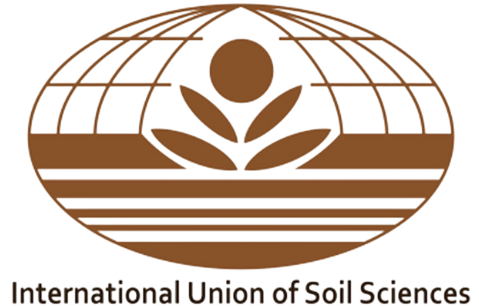Lay Description
Division 1 is the “What.” It looks at the soil as a body and how it was formed, the extent of it global coverage, and the many complex interactions and interactions with the biosphere, hydrosphere, atmosphere, and lithosphere. This division focuses its attention on the “what” of the pedosphere and the extent of its current understanding. It is the medium and experimental material that is being investigated. It is why we are a Union of soil scientists in a common bond of interests.
Division 1 News
Technical Description
Soils in time and space is a Division that deals with the “body” of soil in a landscape context. It quantifies pedogenic processes responsible for spatial diversity in soil cover with landscape, geomorphic and geographic patterns. It includes the scaling of soil morphology from micro to macro levels of generalization, calibration of morphology to pedogenic processes, and integration of this pedosphere knowledge with that of the biosphere, atmosphere, lithosphere, and hydrosphere. Only through the knowledge of morphogenesis is it possible to develop rational multiple working hypotheses of soil formation, soil chronology, soil morphology, and geographic distribution patterns.
Without this linkage there is little opportunity to extrapolate our knowledge base on soil attributes beyond immediate locals where it was derived.
Using a morphogenic bias, it is possible to catalogue and classify the population of soil attributes and generate multiple-use interpretations with spatial or tabular representations using GIS, and other state-of-the-science technologies.

